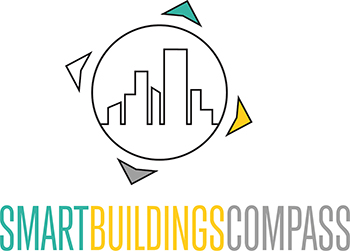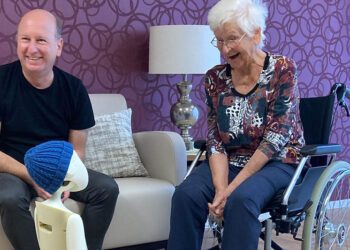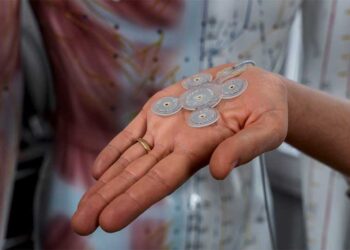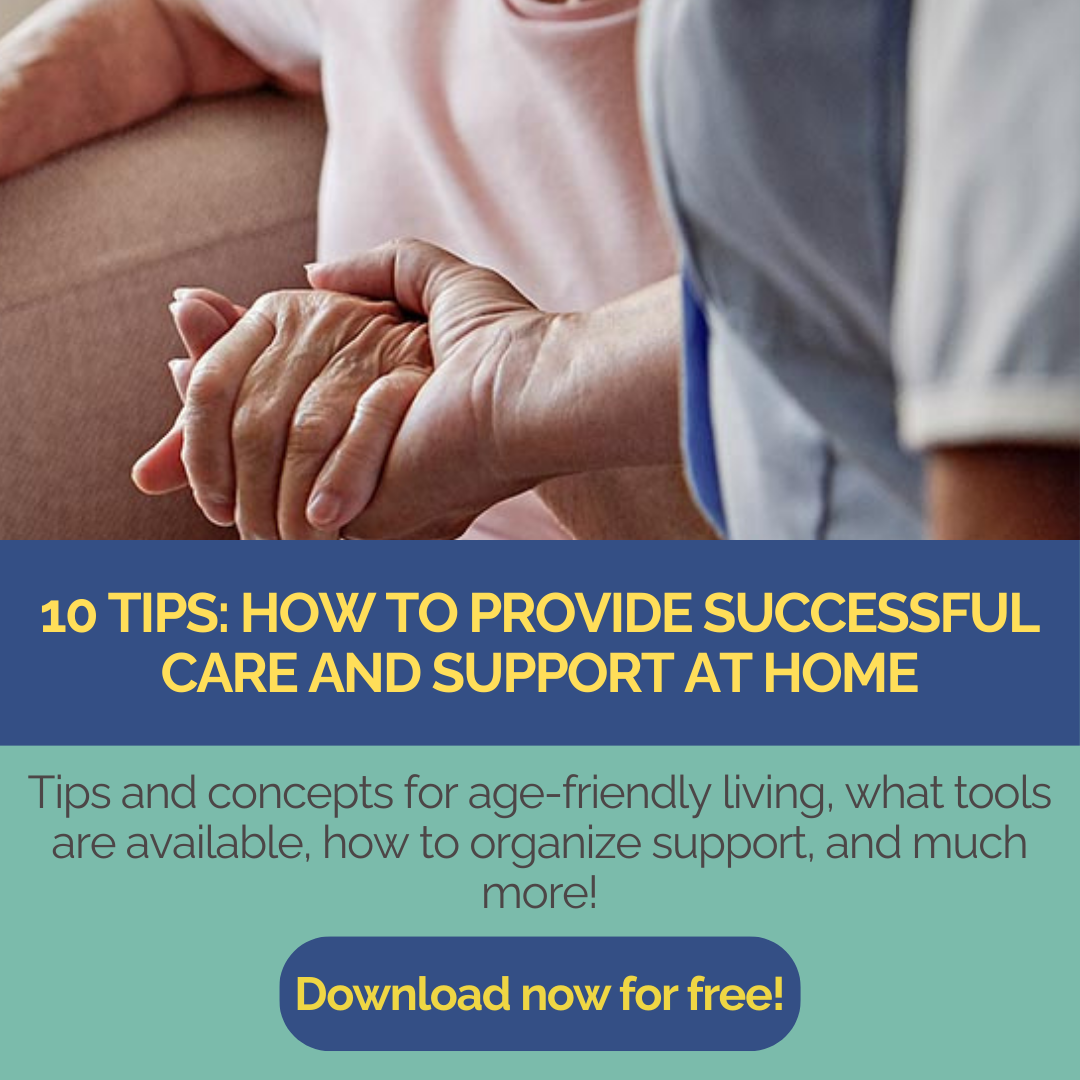Many older people enjoy living at home – even in old age. But at the same time, worry grows with age: What if I fall and nobody notices? What if I need help and no one is there? For many, this is when the dichotomy between the desire for independence and the fear of being alone begins. This is precisely where assistance technologies come in. These are smart, unobtrusive digital helpers in the background that can raise the alarm in an emergency or recognize changes in everyday life.
A recent study from Southeast Asia investigated how everyday life changes when older people use such technology at home. The researchers followed 19 senior citizens over an extended period of time – and spoke to them in detail about their experiences. The results are clear – and moving.
What technology has improved
Two things have demonstrably improved, as shown by both the figures and the personal discussions:
Psychological and emotional well-being
The desire and willingness to maintain leisure activities and social contacts
People who had previously tended to live in seclusion felt safer with the new system – and went out more often again, met friends or had relatives visit them. The technology was not perceived as a restriction, but as a new freedom.
One participant summed it up as follows: “I feel safer since it was installed. I can sleep better because I know I’m not completely alone.”
What technology was used?
A so-called “remote monitoring system” was used in the study, which does not use cameras but works discreetly with e.g. infrared. The following were used:
Infrared sensors that detect movement in the room and activity monitoring sensors that detect, for example, when someone has not moved for an unusually long time.
Door sensors that register whether doors (e.g. to the toilet or fridge) are opened regularly.
An alarm and notification system that automatically informs relatives or caregivers when something unusual happens.
Put simply, technology was used that automatically calls for help in the event of unusual activity or no activity at all. If no doors were opened or the fridge was not used, the system would sound an alarm. This makes it easy to detect whether, for example, the milk for the coffee has been taken out of the fridge.
The technology was installed in such a way that it did not interfere with the residents’ everyday lives. There were no video or audio recordings and privacy was completely preserved.
Technology that calms
A key point was that the technology was hardly noticeable in everyday life. It didn’t beep or intervene – it was simply there. This is exactly what many people appreciated: They didn’t feel monitored, but accompanied.
The study included several quotes from the interviews: “It’s like an insurance policy. I hope I never need it – but it’s good to know it’s there.” And “I sometimes forget it’s there. But then I think about it when I feel insecure – and that reassures me.”
There were no measurable changes in other areas such as physical health or mobility. But that was not the aim of the technology. It wasn’t about curing anything – it was about making everyday life safer and less anxiety-inducing.
What does this mean for age-appropriate living?
Anyone thinking about renovating their apartment or house to make it age-appropriate often thinks first of ramps, grab rails or threshold-free showers. All of this is important – but it is also worth thinking about invisible helpers: Motion detectors, door sensors, automatic light control or discreet emergency systems. This technology is barely noticeable, but has a huge impact in an emergency.
Very important: It is no substitute for personal closeness – but it can help to create more space for encounters again because it reduces the feeling of insecurity.
The voices from the study clearly show that technology can be much more than just a device. It can give a feeling – namely the feeling of not being alone. And that is exactly what many people want in old age. Security means freedom, and freedom means quality of life.
Or as one participant put it:
“It’s nice to know that someone is watching out. Even if I can’t see him.”
To the study: Lessons Learned From the Integration of Ambient Assisted Living Technologies in Older Adults’ Care: Longitudinal Mixed Methods Study, published on June 11, 2025
Author: Anja Herberth
Chefredakteurin















